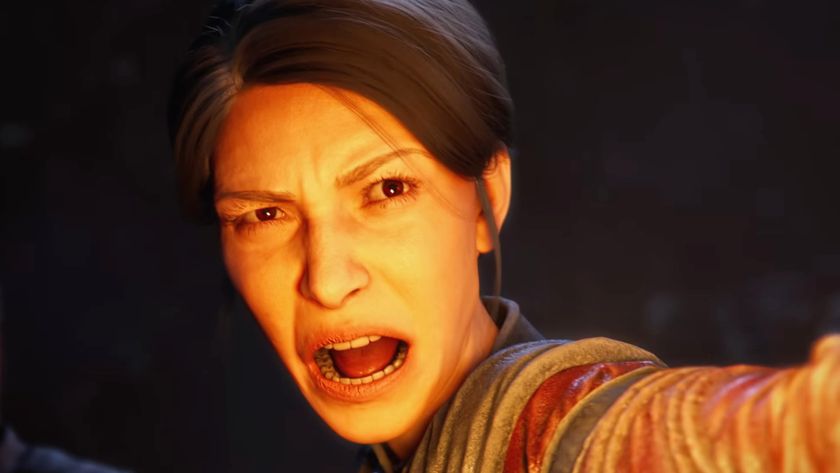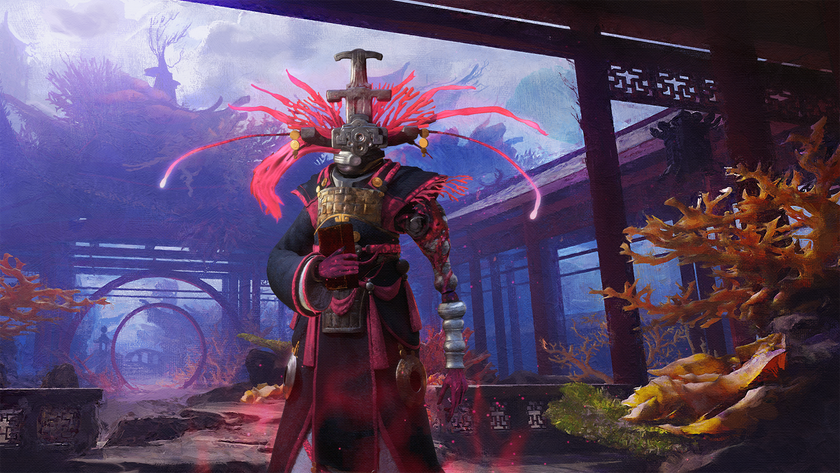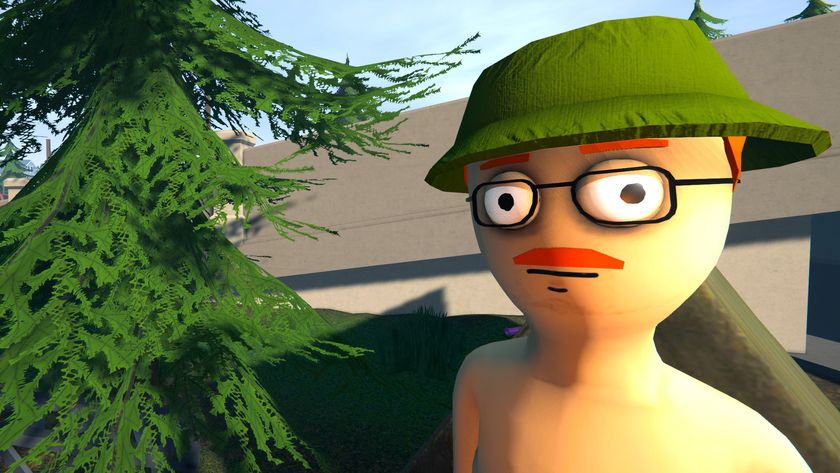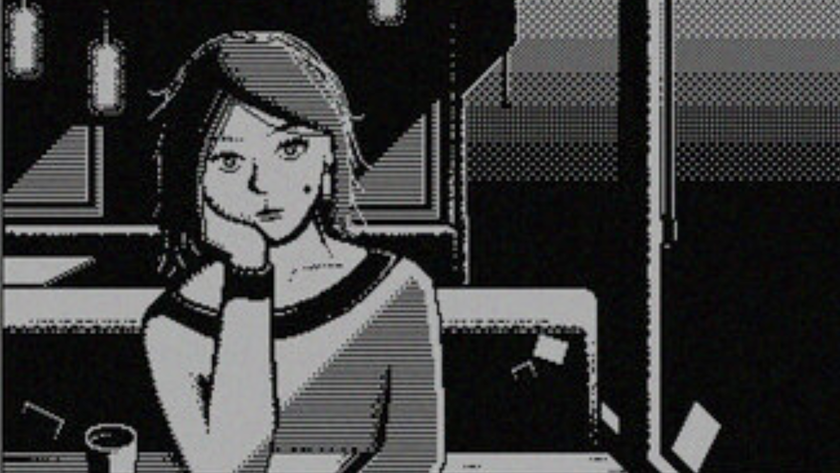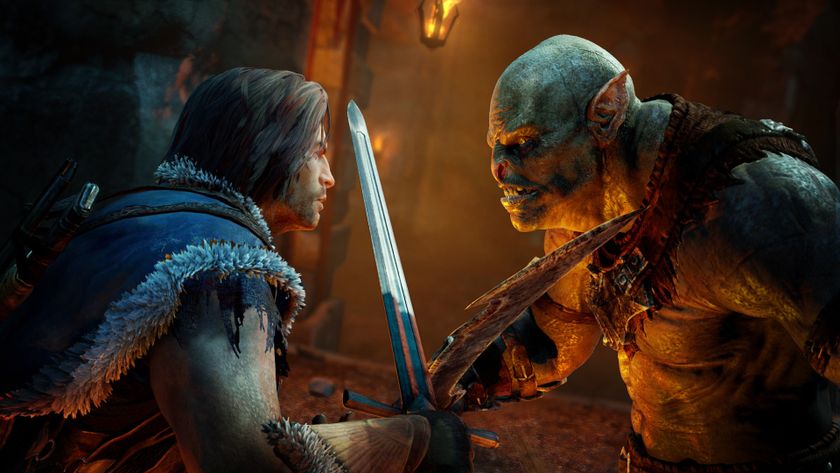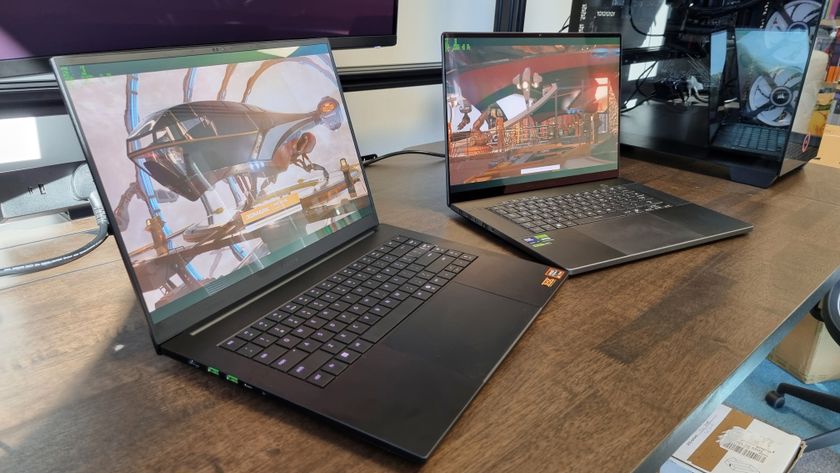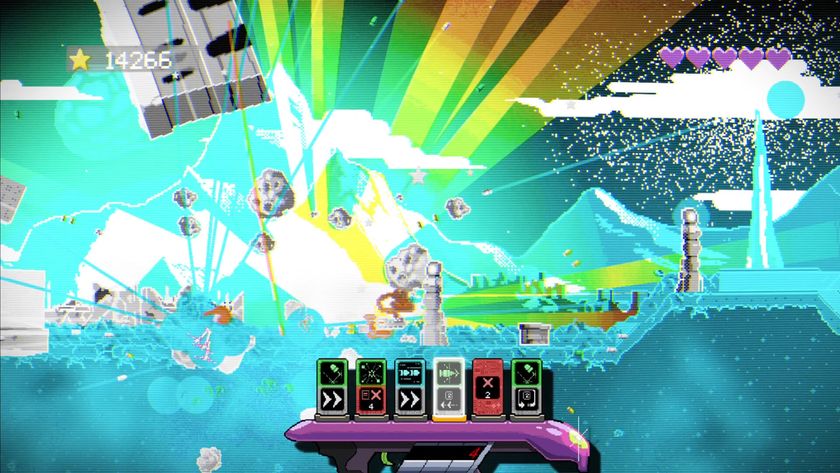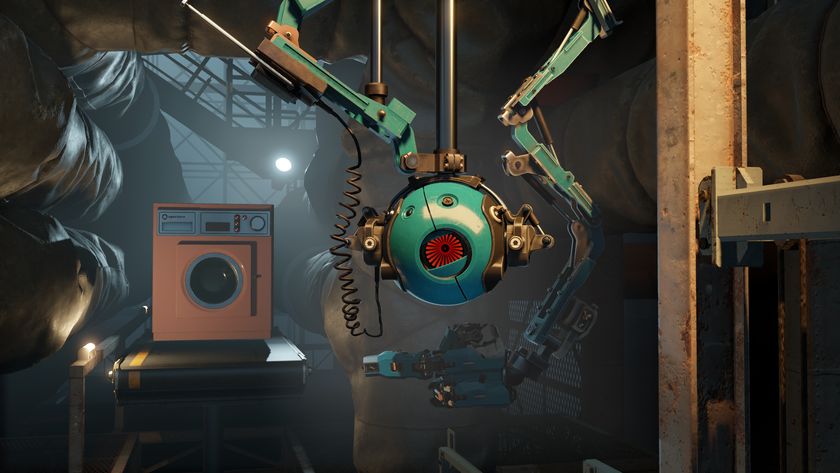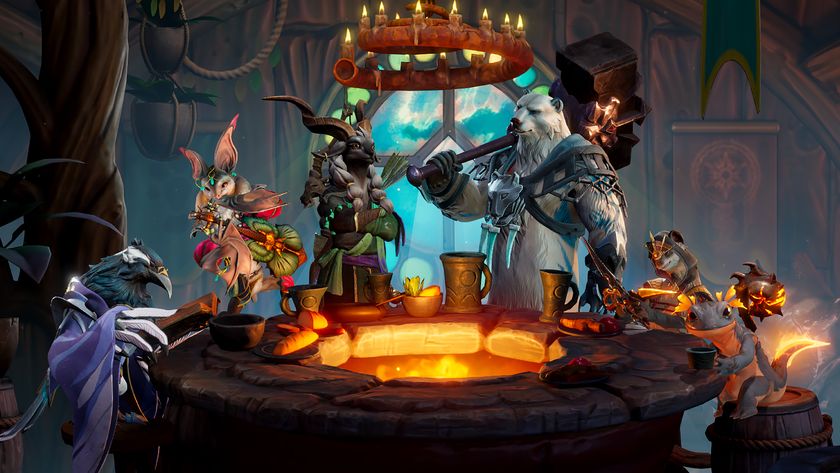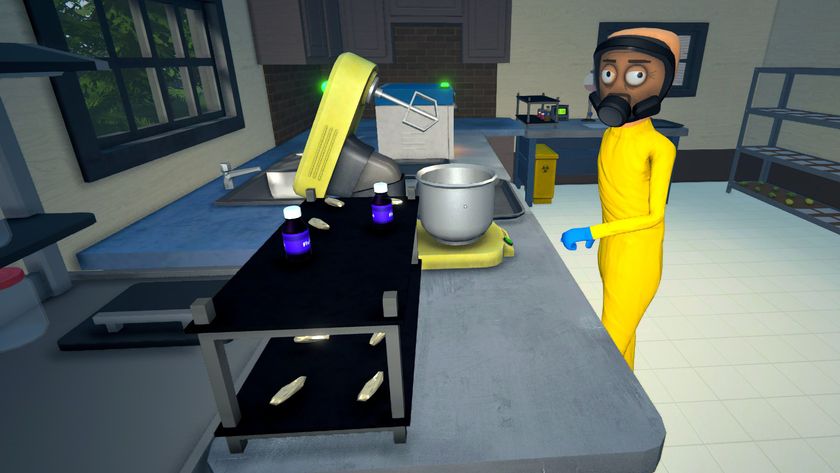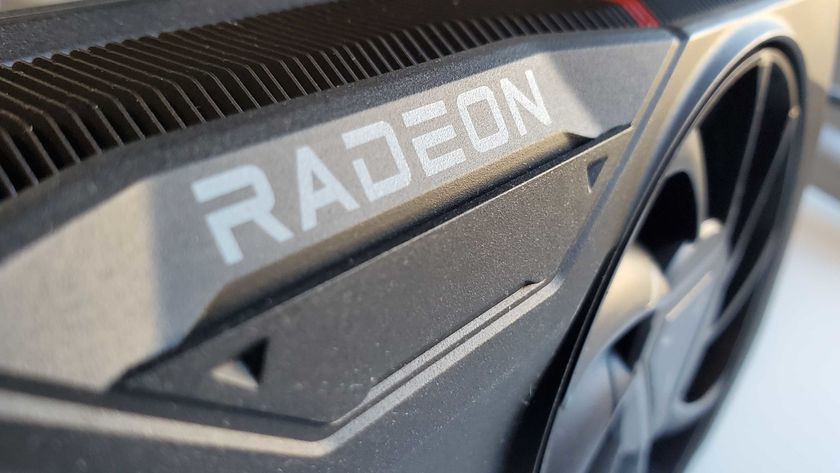Hearts of Iron 4 preview: playing with logistics, production and politics in World War 2
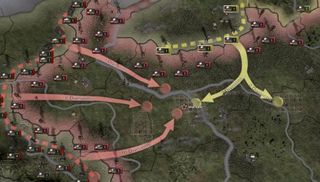
Have you ever looked at a map and experienced an almost carnal rush of admiration? Then you've come to the right grand strategy PC videogame preview, for Hearts of Iron 4 has an excellent world map that depicts not only the movement of troops, but the vast logistical networks that support them. Enough games have tackled the close, tactical tit-for-tat of ground combat, this is a game about the industry, business and politics of war.
Hearts of Iron 4, like its predecessors, is set during World War 2, and runs on an advanced version of Crusader King 2's Clausewitz engine. Time trickles away at a gradual pace, but can be paused to issue complex orders. You take charge of the military infrastructure of a nation of your choice, and manage their war effort by tweaking interlocking layers of research, production, politics and, of course, troop movement.
You want to build a tank in Hearts of Iron 4. You've researched the production processes you need to assemble some famous German armour: the Panzer IV. You choose how many factories to assign to the task, but production lines for new technology are inefficient—a dozen facilities may only produce three tanks a week. Over time, they'll become faster and more useful, but there's a teething period that makes any switch to upgraded tech painful.
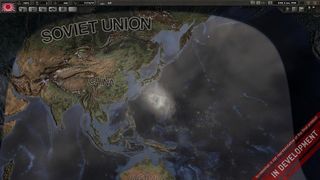
This simple rule lets Paradox reflect vital differences between each nation's industrial setup. German engineering favoured separate, tailored designs for their war machines, and that hurt their ability to mass produce. If you want to tech up as the Germans in Hearts of Iron, the production system will put you in a similar bind. If you master the tech transition problem, you can tweak new naval and heavy armour designs to boost their resilience, firepower or speed, and apply further buffs through the political system. Senior political figures apply bonuses to their areas of expertise; elect Joe McBoat to a top job and you'll receive bonuses to your naval output.
You've got your tanks, but you've got to get them to your front lines, keep them oiled, and keep their crews fed. Open supply lines are vital. At sea, you can target trade routes to damage enemy supply. On land supply is represented by a heat-map overlay that calculates how well supplied each zone is based on enemy influence in nearby areas, and the proximity of big population centres. Big cities are now capable of supplying themselves, which might seem like a small update, but this allows Hearts of Iron 4 to model prolonged sieges like Stalingrad where encirclement and air superiority won't necessarily guarantee a quick win.
Air dominance is still important, of course. You send bombers on air raid sorties from select home bases, but you'll want to make sure they're well guarded by fighters. If you rob the enemy of their AA capability, you can strike at their production centres with impunity to gain a vital production advantage. You can capitalise on your enemy's production woes with smooth manufacturing processes of your own, which you can accentuate by striking deals with the major tech companies of the time to take advantage of their engine-building and materials expertise.
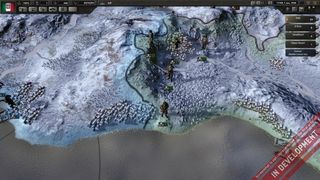
You defeat nations by taking victory points within their territory, tied to a nation's major cities and landmarks. It's important to pay attention to terrain as you plan attacks. Countries are split into provinces, themselves split into subsectors that contain plains, forests and rivers that affect troop movement. You give your orders by assigning units to a commanding officer, and then drawing their orders onto the map, itself a detailed sketch of the world rendered in muted greens and coffee-stain browns. It's Europe through a moody instagram filter.
The biggest gaming news, reviews and hardware deals
Keep up to date with the most important stories and the best deals, as picked by the PC Gamer team.
These arrows represent combat plans. As you leave them in place, they'll grow in effectiveness to reflect the extra intelligence and planning work being administered by top brass. It's a risk, though. Successful enemy spywork will reveal your movement arrows to the enemy and give them chance to prepare. As you'll see in the screenshot above, weather changes the map significantly, and there are penalties for sending infantry marching through the wilderness during winter in Russia.
Hearts of Iron 4 is shaping up well. It's slick and clever, and while there's not much, visually, to the moment that troops clash, the point of conflict in HoI is an almost incidental result of a vast continent-wide engineering effort. It's a game about careful, detailed state organisation and top-level strategy. You pull arrows across the map with a push of the mouse, painting out your strategy with sweeping gestures that give physical form to the feelings of power and control that drive a good grand strategy game. I hope its systems are balanced enough to prop up that fantasy. We'll find out when it's released early next year.
Part of the UK team, Tom was with PC Gamer at the very beginning of the website's launch—first as a news writer, and then as online editor until his departure in 2020. His specialties are strategy games, action RPGs, hack ‘n slash games, digital card games… basically anything that he can fit on a hard drive. His final boss form is Deckard Cain.

